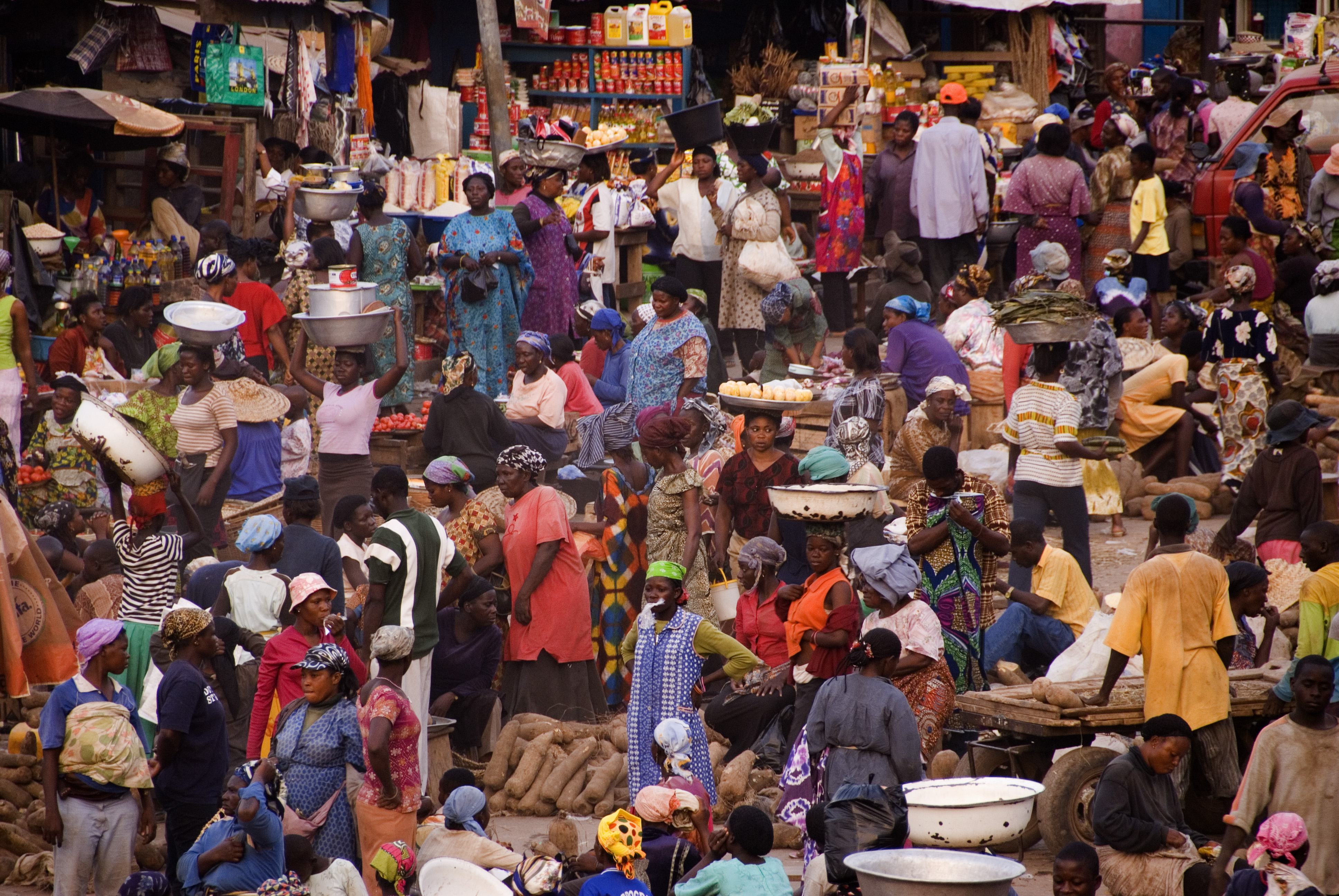 Kumasi is the capital of the Ashanti Region in Ghana and the second biggest city in the country. The city is situated in the middle of Ghana and is the central hub between the southern and the northern part of the country. There are no official figures, but it is estimated that around 20.000 children are living and/or working on the streets of Kumasi. These street children generally come from the northern regions of Ghana or from the rural areas around Kumasi. The numbers are rising quickly, meaning that more and more children are at risk from exploitation, abuse, poverty, disease as well as many other threats encountered daily on the streets.
Kumasi is the capital of the Ashanti Region in Ghana and the second biggest city in the country. The city is situated in the middle of Ghana and is the central hub between the southern and the northern part of the country. There are no official figures, but it is estimated that around 20.000 children are living and/or working on the streets of Kumasi. These street children generally come from the northern regions of Ghana or from the rural areas around Kumasi. The numbers are rising quickly, meaning that more and more children are at risk from exploitation, abuse, poverty, disease as well as many other threats encountered daily on the streets.
The lack of safety is the biggest problem for street children; finding a safe place to sleep, working in safe circumstances and having enough food to eat and water to drink. Very few of the children have completed Junior High School (JHS), most have not completed primary school or have never been to school at all. Therefore, they are not able to enter formal vocational education and have no alternative but to search for work in the informal sector. Jobs include work as load carriers (Kayayei), cleaning or selling water on the streets.
Basically we can distinguish three categories of street children. First, there are the ‘children on the streets’. These are children in the streets of Kumasi who have parents and a home to go to for the night. They are on the streets during the day and do not go to school for many different reasons, like inability to pay the school fees or the need for an additional income for the family. Secondly, there are the ‘children of the streets’. These are children who live and work in the streets and have nobody to support them. During the night they have no home to go to but have to find a shelter for themselves. Children as young as six or seven years old have to work long hours under harsh conditions and are subject to many human rights violations. An alarming number of children is not able to earn enough money to survive and turns to drug peddling and even child prostitution.
The girls are the most vulnerable among street children. They work and live under dangerous circumstances, risk being infected with hiv/aids or other diseases and getting pregnant at a young age. This is why recently the third category of street children has come into existence; ‘the second generation‘, those babies that were born on the streets and whose mothers are still children themselves.



